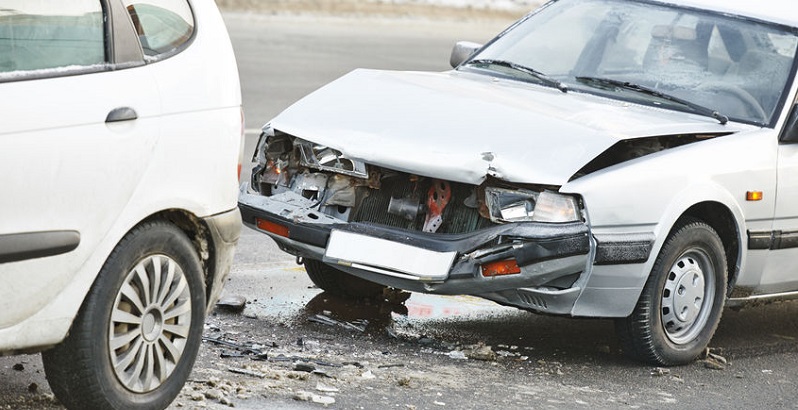Utah is the first state to lower the allowable blood alcohol concentration for motorists from .08 to .05 as recommended by the National Highway Traffic Safety Administration in 2013. Could Colorado be next?
Why Agency Believes Changes Could Reduce Auto Accident Fatalities
A growing amount of evidence indicates that excessive alcohol consumption can lead to a wide array of health problems. From a public health perspective, however, the relationship between alcohol and auto accidents is one of the most critical.
- Virtually all drivers are impaired at .08 BAC, resulting in adverse effects on a driver’s ability to perform critical driving tasks such as applying the brakes, steering, and changing lanes, according to the National Highway Traffic Safety Administration (NHTSA).
- According to a study published in 2012 in the journal Alcoholism: Clinical and Experimental Research, the chance of fatal motor vehicle injury is significant at all levels of blood alcohol concentration (BAC). While the risk of being in an accident slowly rises at each BAC level, it increases dramatically after a driver reaches or surpasses the .08 BAC threshold.
- Another study published in the July 2000 issue of Science Direct examined the differences in alcohol-related accident involvement among drivers in Florida. Researchers found that drivers ages 25-34 had the highest rate of alcohol/drug involvement in accidents, with the rates falling as the drivers grew older. The results also revealed a noteworthy relationship between drivers’ personal characteristics and alcohol or drug influence in collisions: Male, white, and in-state drivers were involved in more alcohol-related auto accidents than any other group.
Should Colorado Lower Its BAC Limits?
The science of how alcohol affects a person’s ability to drive has evolved with time. The first commonly used legal BAC limit in the U.S. — .15 — was adopted in 1938. In a 1992 report to Congress, the NHTSA recommended that all states enact laws making it illegal to drive with a blood alcohol concentration (BAC) of .08 or higher. In 2004, Delaware became the last state to approve the .08 BAC limit.
Now the National Transportation Safety Board (NTSB) is suggesting that all states further lower their BAC limits to .05, arguing that lowering the legal limit to .05 will result in an estimated 500 to 800 lives saved each year. The NTSB first proposed that states consider lowering BAC limits in 2013, but the push fell largely on deaf ears.
Utah First State to Adopt .05 BAC
Utah became the first state to follow the NTSB’s recommendation in March 2017 when the state legislature passed a bill lowering the BAC level for DUI from .08 to .05, the lowest in the nation. The change is set to take effect in December 2018, despite pushback by the American Beverage Institute, a national hospitality and alcohol trade group.
Washington’s House Bill (H.B.) 1874, which would lower the “per se” BAC for DUIs to .05, was first introduced in February 2017 and was reintroduced on January 8. Hawaii’s Senate Bill 18, which would also lower the state’s BAC limit to .05, has been carried over to the 2018 regular session.
If the states eventually decide to lower their legal limits to .05, they’ll be following the lead of many European countries and the rest of the world. In France, the legal limit is .05, and cars and motorbikes are required to carry a Breathalyzer kit. Ireland also has a BAC limit of .05, but England and Wales still enforce a legal BAC limit of .08.

